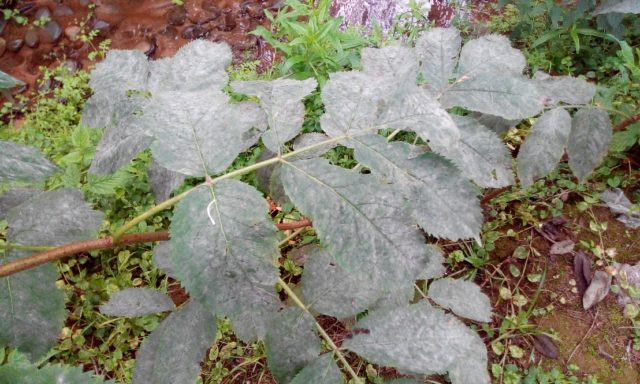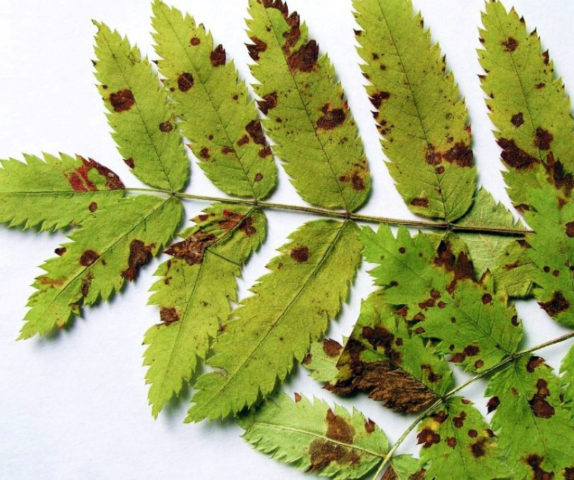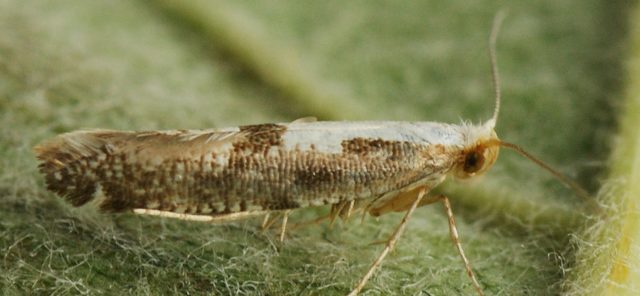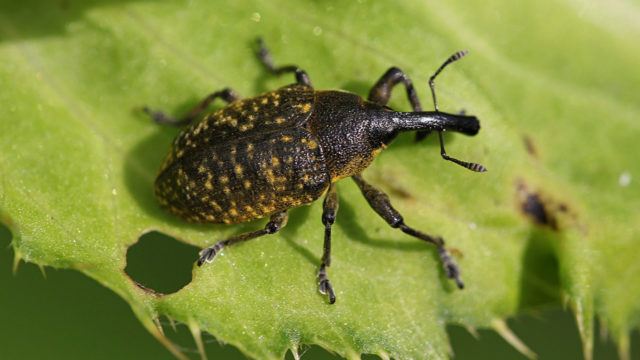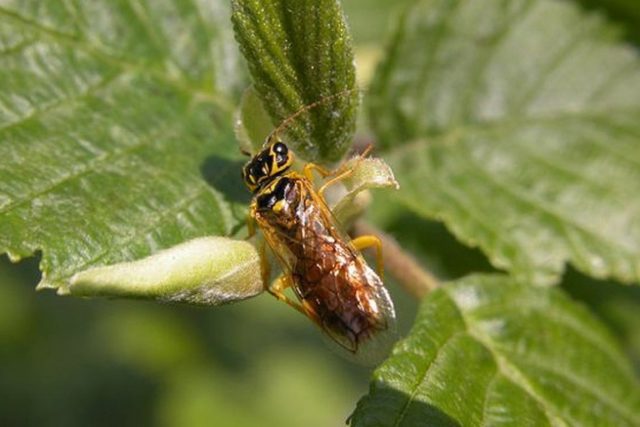Content
The culture grows in natural conditions in mountainous areas and forests. Rowan is found and blooms everywhere in the spring: both in countries with harsh climatic conditions and in the middle zone of the northern hemisphere.
Does rowan bloom?
There are more than 80-100 species of this tree. In central Russia, the most common rowan tree blooms in spring.
You can catch the period of bud opening in such varieties as Titan, Businka, Ogonyok. All representatives of the Rosaceae family have their own distinctive characteristics, features of care and use.
What kind of inflorescence does rowan have?
Rowan flowers are very numerous, five-membered, collected like a scutellum, up to 10 cm in diameter.
The inflorescence of the mountain ash is a modified panicle, with shortened internodes of the main axis. The internodes of the lateral axes in the complex scutellum are highly developed. The endings reach the level of the apical flower.
The receptacle has a narrow, cup-like shape with five wide-angled ciliated sepals.The corolla is white, 0.8-1.5 cm in diameter, with only five petals and numerous stamens. The inflorescence of this crop has one pistil, three columns, and the ovary is located at the bottom.
When does the rowan bloom?
Rowan in bloom in spring is very beautiful: white, shaggy inflorescences cover the tree from late May or early June.
The buds have an unpleasant aroma, similar to fish, and in some varieties it is bitter almond. Flowering time is 1-2 weeks. The tree feels most comfortable in hot weather, so in the southern and central regions you can see flowers on rowan trees in the spring as early as early May. In northern latitudes, this process is postponed to early or mid-June.
How rowan blooms
Flowering times vary depending on the varietal characteristics of the crop. Most often in gardens in spring you can see common and chokeberry.
Flowering rowan
The tree is often found in the forests of Europe, the Caucasus, North Africa and Asia. Rowan does not tolerate swampy and saline soils.
Of all the flowers that appear at the end of May, approximately one-third of the flowers are formed. As they develop and mature, some more of them fall off.
Chokeberry flowers
It is possible to see this shrub in the east of North America, where it grows naturally.Chokeberry is found in temperate climates of the globe: it is grown in Russia, Kazakhstan, and the Volga regions.
Photos of blooming rowan and chokeberry allow you to assess the degree of similarity. This variety has bisexual, regular, medium-sized flowers. The corolla of the buds is white or pinkish with 15-20 stamens. The flowers are collected in corymbs reaching a diameter of 6 cm. The first buds appear in May-June and fall off after 2-3 weeks.
Why does the rowan not bloom?
Despite the ubiquity and unpretentiousness of the culture, often after planting the owners cannot wait for the first fruits. The reasons why rowan does not bloom are numerous.
Improper care
Rowan in bloom in the spring suggests the presence of a rich harvest, but it is also possible that there are no panicles with buds on the tree. Violation of agricultural technology rules is one of the reasons.
Growing a crop involves regular watering and loosening the soil, adding nutrients to the soil and pruning. Moistening the soil is necessary in the absence of precipitation at the rate of 2-3 buckets per bush. Pruning shoots is carried out before the buds awaken; it allows the plant to receive a sufficient amount of sunlight and has a positive effect on flowering.
In the spring, before flowering begins, it is important to inspect the trunk and shoots for damage and feed the seedling. Damaged and dry branches are removed, and the integrity of the bark on the trunk is checked.
Rowan berries do not produce flowers in the spring if they are not planted correctly. It is recommended to place the seedling on the borders of the garden so that it does not shade other plantings.Despite the unpretentiousness of the plant, it thrives on fertile: loamy soils. Wetlands and lowlands are not the best option for growing crops.
Adverse climatic factors
Pollination of rowan flowers with further formation of the ovary is possible not only with proper care, but also with the predominance of certain climatic factors. The tree can withstand frosts down to -50°C and grows safely in open spaces. Despite its shade tolerance, the crop blooms and bears fruit more profusely if it has access to sunlight.
The tree grows slowly when grown in arid, hot climates without sufficient moisture.
Lack of pollinators
Most rowan species are self-sterile. To ensure cross-pollination for trees, gardeners are recommended to grow at least 2-3 varieties on their plot. They are placed close to each other.
If there are no pollinators, then in order to capture a photo of how the rowan tree blooms, you can graft a cutting to the tree. After the procedure, it is possible to obtain a rich harvest.
Diseases and pests
Among the fungal infections that can harm spring-blooming crops is powdery mildew. The disease spreads over fruits and leaves in the form of a white coating that can be easily removed with your fingers.
The appearance of convex spots on the leaves of a rusty hue is a symptom of the fungal disease rust. It quickly spreads throughout the plant, feeding on important microelements and tree sap.Without treating a spring-blooming seedling with Bordeaux mixture, it quickly dies.
In unfavorable climates and violation of agricultural practices, the plant is affected by brown spot. The fungus lives on leaf blades, which is manifested by dark circles. Brown spot multiplies quickly and progresses actively during the heavy rainy season.
With the development of gray spotting, the leaves on the branches gradually turn yellow and fall off, which leads to the premature death of the plant. The first symptoms of the disease are the appearance of small, brown, angular spots on the rowan tree. As gray spot progresses in the fungus' habitats, the leaf cracks and falls to the ground.
Among the viral diseases that affect flowering seedlings in the spring is ring mosaic. It appears as yellow spots with green circles merging into one, creating a mosaic pattern. As the virus spreads further, the leaves curl and fall off. There are no effective measures against the disease; they prefer to destroy the tree.
Moths are capable of parasitizing crops. These are nocturnal moths whose caterpillars damage flowers and leaves. For prevention, the tree is treated with Karbofos or Cyanox in the spring.
Spider moths lay eggs on young shoots. Yellow caterpillars with brown heads weave webs on leaf blades, damaging them. To destroy spider moths, a spring-blooming crop is sprayed with a 0.2% chlorophos solution, the affected shoots are torn off and burned, and the soil around the trunk is dug up.
The weevil beetle, after overwintering in cracks in the bark, feeds on rowan buds and then lays eggs in the bud. The hatched larva damages the flowers. To combat the weevil, rowan berries are sprayed with insecticides in the spring.
The fruit sawfly damages rowan trees that bloom in spring. The insect lays eggs in the buds, which leads to their premature death. To destroy the pest, it is recommended to treat with a mustard solution (10 g of powder diluted in water in a ratio of 1:5).
What to do if rowan does not bloom
If there are no fruits on the tree, it is necessary to study the varietal characteristics of the planted plant. Some varieties bloom in the spring in the 4th year of planting, but more often the first berries can be seen in the 5-7th year of the tree’s life.
It is imperative to provide the chosen variety with pollinators; it is important to make sure that the seedling is planted in compliance with the basic rules of agricultural technology and regularly receives all the necessary nutrients.
If the placement of the tree is unsuccessful or the soil is infertile, it is recommended to replant the rowan tree. If it is impossible to carry out this procedure, the soil is fertilized with fertilizers and mulched.
Every spring, flowering crops are checked for pests and treated preventively against diseases.
Conclusion
Rowan blooms very beautifully in spring, allowing you to give your site a decorative look. The tree is planted not only to decorate the garden, but also to produce fruits known for their beneficial properties. Rowan is an unpretentious plant, but it may not bloom due to climatic conditions, violations of agricultural practices and attacks by pests and diseases.




